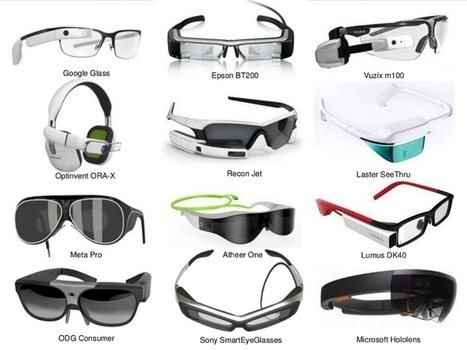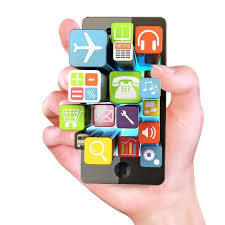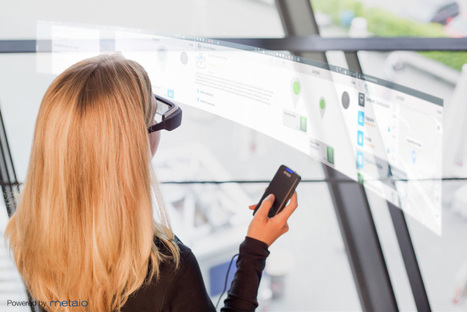Other options superior for quality control, hazardous environments
A report from independent research and advisory firm Lux Research Inc. has identified Google Glass coming up short in many usage cases, with smart glasses like Sony’s SmartEyeglass and Osterhout Design Group’s R-7 better suited for the needs of industrial workers, customer service reps and quality control agents.
The report categorized more than 70 enterprise deployments of smart glasses, focusing on three aspects of core criteria – access to information, real-time communication, and documentation.



 Your new post is loading...
Your new post is loading...













“Google Glass is in the game only for real-time communication,” the report concludes. “Google Glass is a truly viable option only in real-time communication applications such as online sales support. Even there it faces competitors like Vuzix, which is the best fit in this segment -- light enough to be worn all day and meeting the need for live video streaming.”
We agree with the Lux Research report on a number of counts. Back in summer 2013, we were fortunate enough to be invited into Google’s Glass Explorer program, where we received a first-generation Glass unit with 1GB of RAM and running XE1 firmware. We tried out the device for the next couple months, working all the way up to the XE5 firmware, and couldn’t help but conclude that development progress for many critical features was taking way too long. Core functionality was also very “experimental” to say the least. In one example, sending a text message or tweet using voice recognition was risky because the API would not always predict correctly and there is no “backspace” button, thus requiring several voice attempts to finally send a correct message.
Before ending its Explorer Program in January 2015, the company ended its consumer development with XE22 firmware (released October 2014). Nearly twenty-two updates later, the latest release finally allowed Android users see their notifications on the Glass interface.
"As next-generation glasses such as Epson's Moverio BT-2000 and Meta Pro emerge, the field will become even more competitive, ending a period of high premiums for hardware. Software and service will become the primary way to maintain margins," said Tony Sun, Lux Research Analyst and lead author of the report titled, "Better Than Google Glass: Finding the Right Smart Glasses for Enterprise."
the inevitability of augmented reality slide
While most of the 70 smart glasses evaluated by Lux Research are still in pilot programs, many of them are expected to be deployed for the needs of factory workers, distribution centers, oil fields, field services, aerospace, construction, healthcare, and other industries. In fact, Garner estimates that smart glasses may begin to save the field service industry $1 billion per year in 2017.
During its CES 2016 keynote, Intel unveiled a pair of smart glasses that can help wearers see inside objects, for example. The X-ray like glasses were co-developed by virtual reality firm Daqri and aim to increase safety, productivity and well-being of workers in a variety of industrial settings.
"Smartglasses with augmented reality (AR) and head-mounted cameras can increase the efficiency of technicians, engineers and other workers in field service, maintenance, healthcare and manufacturing roles," said Angela McIntyre, research director at Gartner. "In the next three to five years, the industry that is likely to experience the greatest benefit from smartglasses is field service, potentially increasing profits by $1 billion annually. The greatest savings in field service will come from diagnosing and fixing problems more quickly and without needing to bring additional experts to remote sites."
Other examples of smart glasses for enterprise use include video collaboration with experts in remote locations for faster repairs. Gartner says employees at remote sites can communicate and share video with experienced workers to obtain advice on diagnosing and fixing local problems. In healthcare industries, the glasses can be used for telemedicine and expert consultations with doctors in remote areas for guidance on how to perform medical procedures.
Lux’s analysis concludes that ODG’s R-7 is the “best all-around device” because it is only one of few on the market that does not need a wired controller and meets industrial standards for hazardous environments. The report also concludes that Sony’s SmartEyeglass “stands out for customer service and quality control” because it is light, small and competitively priced. The device also comes in a close second place behind the Meta-1 for warehousing, assembly and installation work.